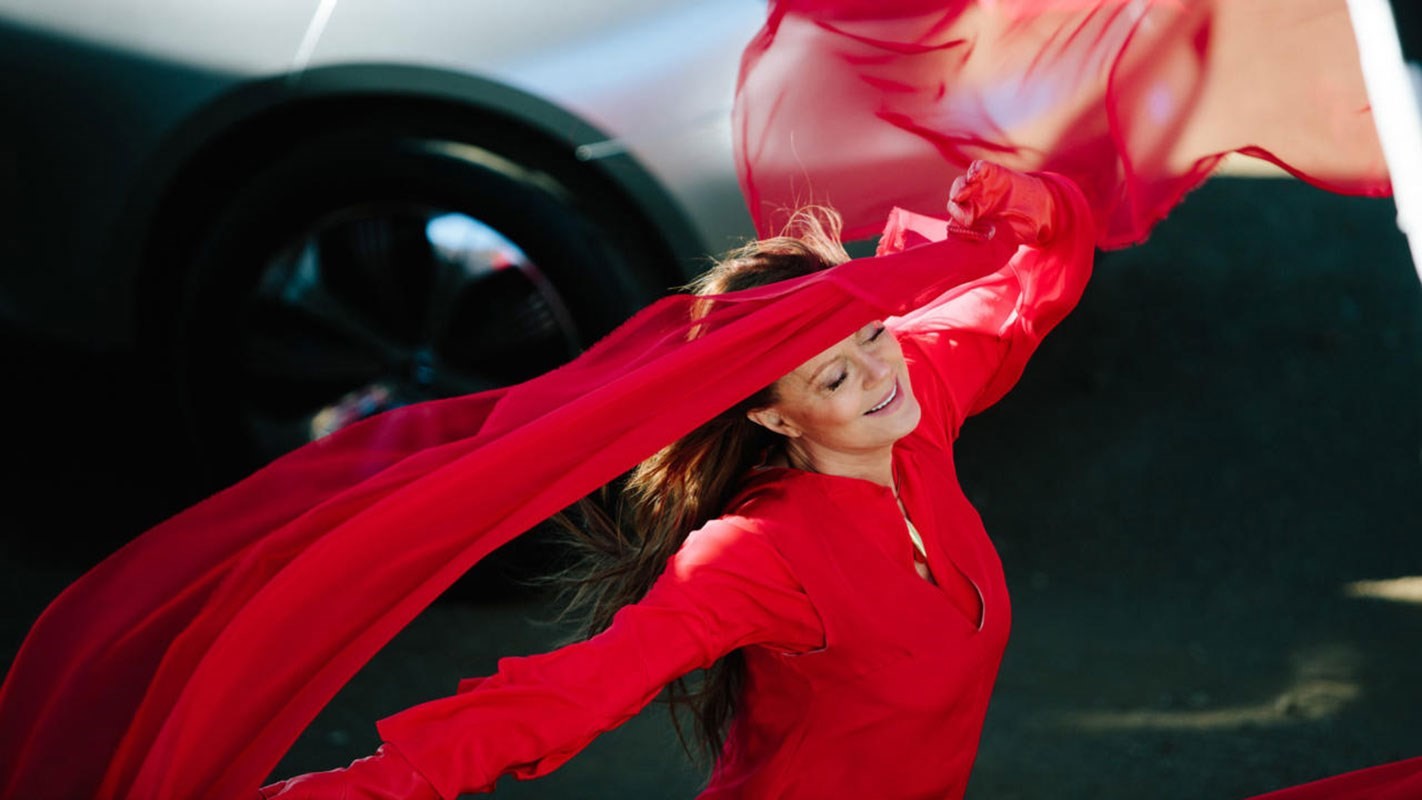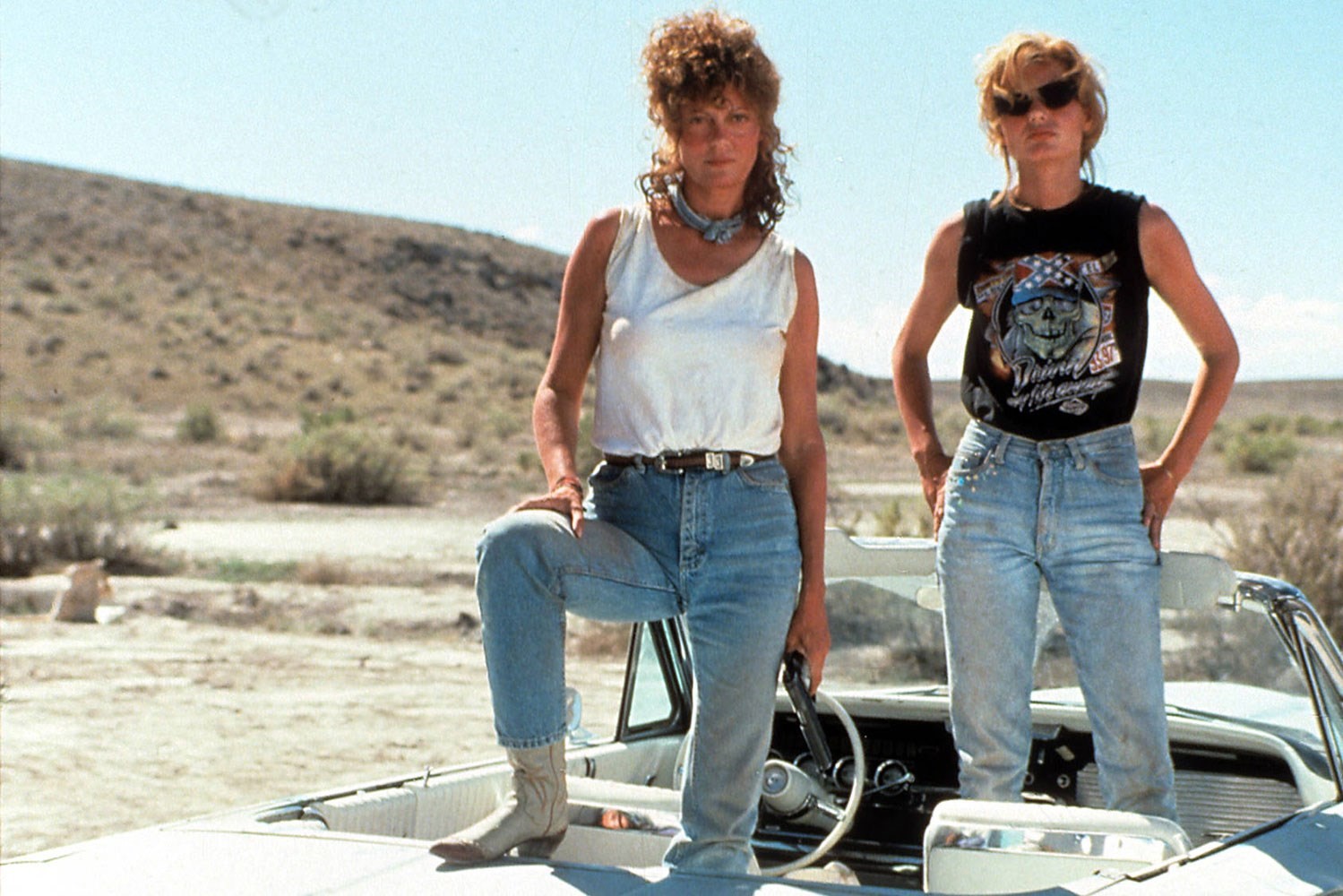How to accurately and concisely introduce Susan Sarandon? It’s not an easy assignment, given the prolific work that this actress, activist and humanitarian has produced over her almost five decades in the film industry. But many have been tasked to – whether on behalf of the Academy, for one of the five Best Actress Oscars she has been nominated for (she won one, too, for Dead Man Walking in 1996; at that ceremony Tom Hanks did an excellent job of it), or on the campaign trail for the 2016 US Presidential Election, at which she generously and tenaciously doled out a few of her own opening words for Bernie Sanders. Now 70 years old, she radiates the confident and gracious energy that suggests she needs no validation at all. Nonetheless, Sarandon is one of that rare breed of Hollywood stars who, since long before she was inducted to the walk of fame, has determined to use her influence for good.
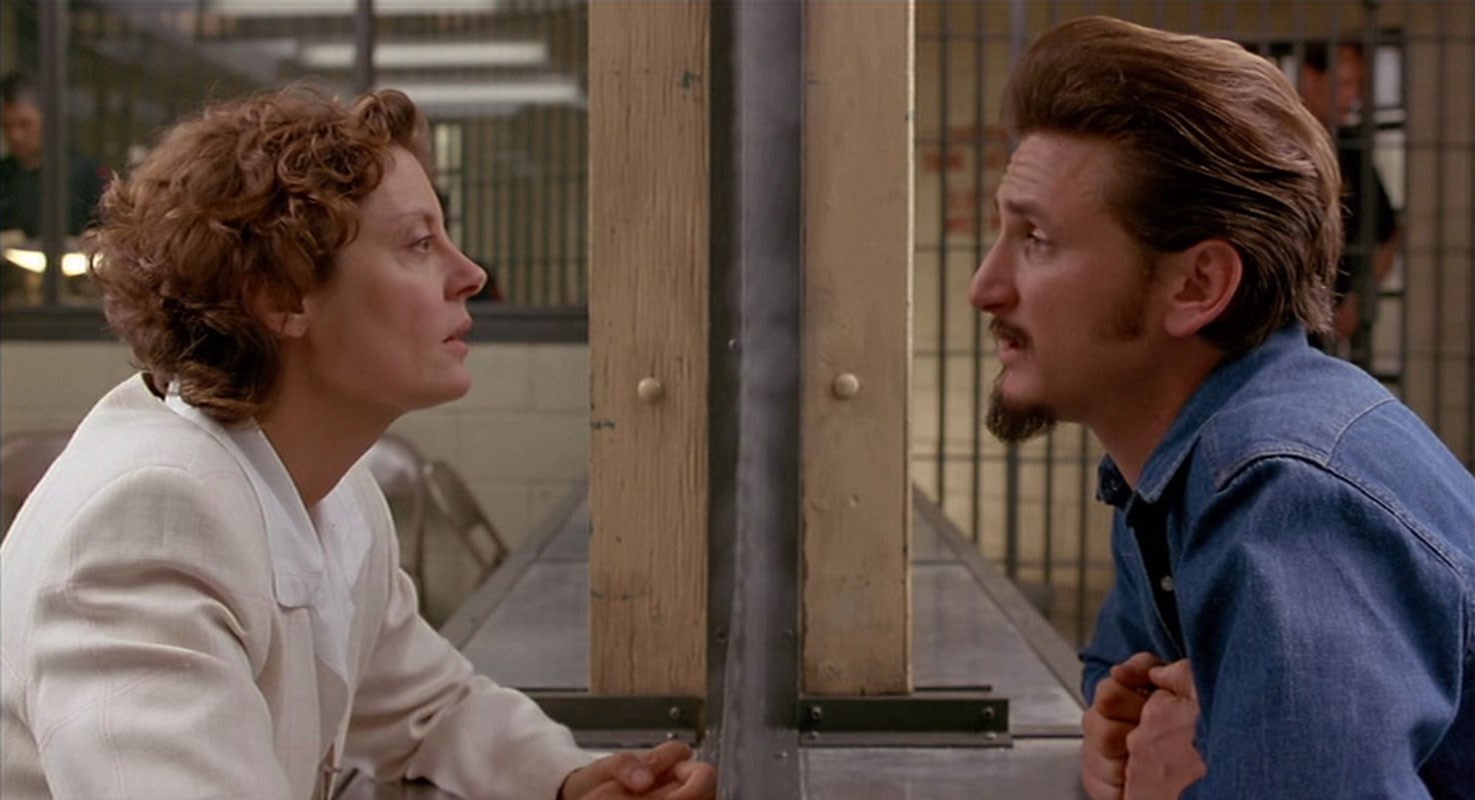
We meet in Berlin in the midst of Mercedes-Benz Fashion Week, at which Sarandon is present to launch the second chapter of the #mbcollective Fashion Story, a photo series featuring the actress alongside her protégé, fellow activist and filmmaker Bryn Mooser. The pair first met in 2010 in Haiti, where they worked tirelessly to help reconstruct some sense of normality in the aftermath of the earthquake that struck there. They’ve worked collaboratively ever since, building schools, producing documentaries and narrating the often untold stories of the victims of natural disasters and crises from Nepal to Lesbos. To Sarandon, their working relationship is evidence that people working towards a common aim will never fail to find one another. “Just like all the bad guys hang out together, all the good guys also know each other,” she explains, “so your paths cross because all of these issues – social justice, economic justice, racism – they all are intertwined.”
“Just like all the bad guys hang out together, all the good guys also know each other, so your paths cross because all of these issues – social justice, economic justice, racism – they all are intertwined” – Susan Sarandon
Mooser’s expertise in filmmaking has made their pairing an especially powerful tool for change, because stories, and their power to induce empathy, are at the heart of it all, she insists. “I think it’s the only way that really works. You can yell at people, and read at people, and guilt people as much as possible, but nothing is as strong as seeing the face of a child, or listening to the story of a pregnant woman, or a 15-year-old who has just had a baby. Your imagination becomes involved, and then that activates your empathy, and then you’re really amazing if you don’t take some kind of action, you know. I find that when people have the facts and have a face, they open their hearts. For the most part.”
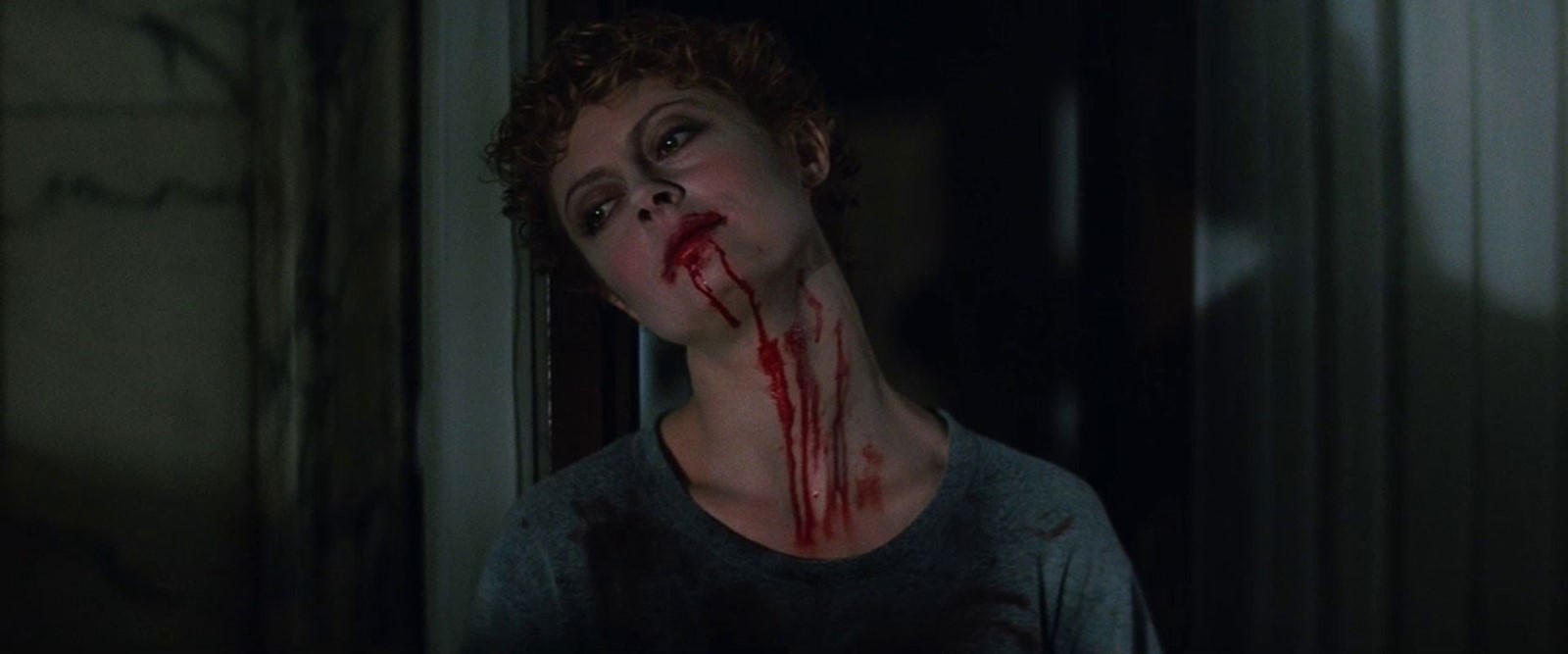
Their photo series focuses on mentorship, but for her part, Sarandon has long neglected to take the lead from anybody else. “There are people that I looked up to, but I can’t say anyone mentored me, which is probably why I did everything wrong and it worked,” she laughs. She cemented her reputation for iconic roles in The Rocky Horror Picture Show, the cult, campy 1975 tribute to LGBTQ rights and self-love, before kissing Catherine Deneuve in 1983 erotic horror The Hunger and sparking a much mythologised love affair with co-star David Bowie. She also played feminist icon Louise Sawyer opposite Geena Davis in 1991’s Thelma and Louise, starred with Michelle Pfeiffer and Cher in The Witches of Eastwick, and won an Oscar for her performance as Sister Helen Prejean in Dead Man Walking, for which film she convinced her partner Tim Robbins to write a script. “I was always just right outside the box, and somehow it worked. But that in itself was a lesson.”
“There are people that I looked up to, but I can’t say anyone mentored me, which is probably why I did everything wrong and it worked. I was always just right outside the box” – Susan Sarandon
She attributes this approach at least in part to the time she spent in England, shooting The Hunger. “The whole British attitude towards acting was very different, because as an actor, you acted,” she explains. “You took little parts in this, you took big parts in that, you did theatre – you did what actors do.” Working in this way, rather than choosing roles tactically, allowed chaos and creativity to come to the fore. “You can’t apply a scientific method to this business, or even a corporate know-how,” she continues. “You can see by the failure of these huge blockbusters, and then the rise of Moonlight – really, people want stories that compel them. You can’t just stuff them with stars and expect it to be a hit. I think that’s what I learned when I worked in England, just to follow my heart and my curiosity.”
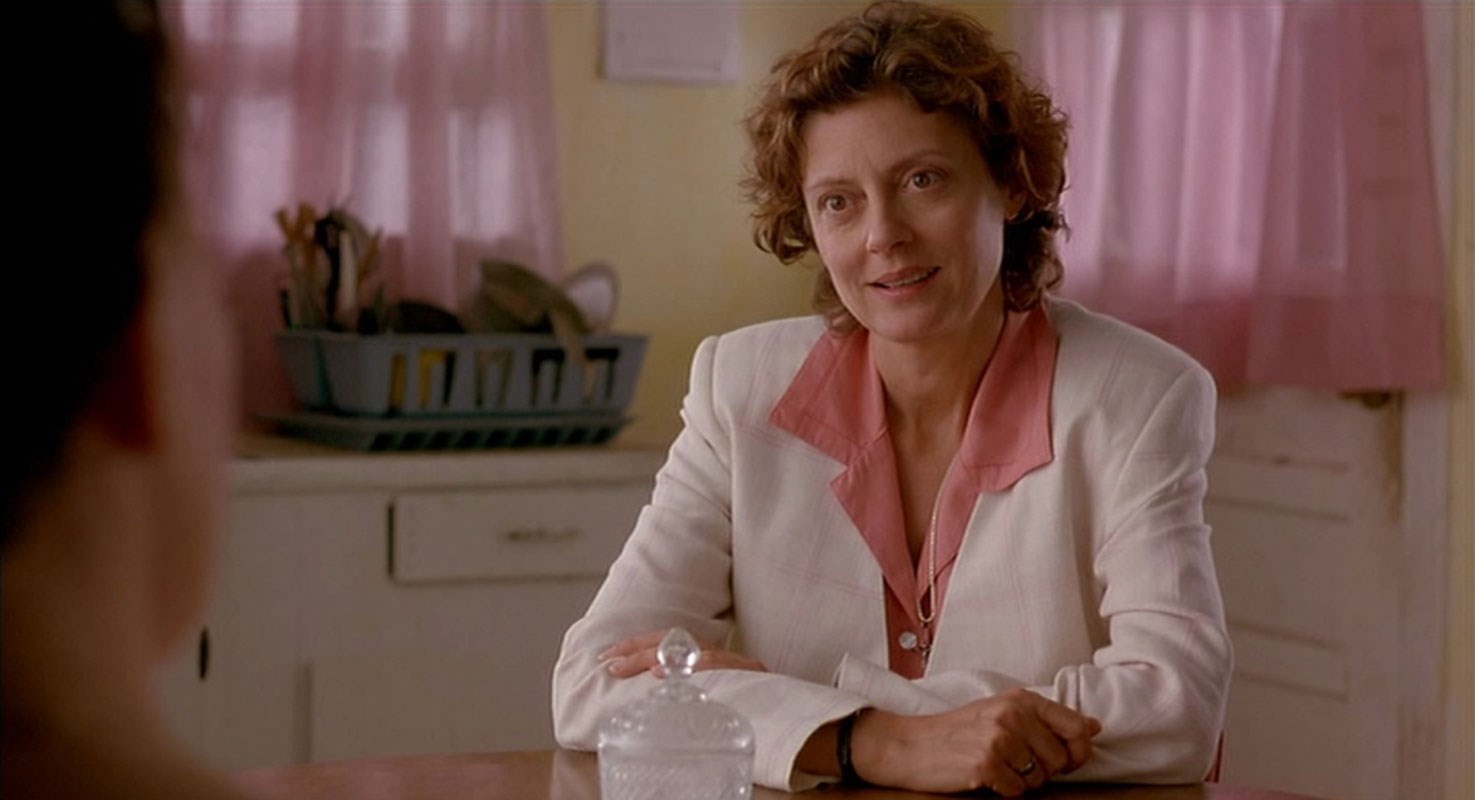
“I saw myself as a character actor which really helped,” she continues. This is a parallel she shares with Bette Davis, the character she plays opposite Jessica Lange’s Joan Crawford in new series Feud – and one that contributes to the antagonistic relationship the duo famously shared. “Joan was a movie star, she was gorgeous,” Sarandon says. “She was the most beautiful woman in the world, and even though she came from very humble beginnings, and had a horrible childhood, she became a grand lady of the cinema. But Bette Davis was the scrappy one. She started out in theatre. She went to better schools, but only because her mom found ways to get her in; they didn’t have money either, neither Bette nor Joan had fathers. But Bette saw herself as an actor. When she went to Hollywood and they dyed her hair and they tried to do things with her, she knew right off the bat that she wasn’t considered beautiful. They made that very clear to her. Bette was not star material, but she saw herself, and uglified herself. All of her breakthroughs came from playing characters that nobody else wanted to play because they were unsympathetic, or not necessarily beautiful, and so she was a character actor, not a star.”

Sarandon attributes her longevity to her similar preference for diverse roles – that of Davis being one of them. “I’ve made it a point to play all different kinds of parts, and I think that helps you survive in the business. As a woman, you’re not expected to be glamorous and beautiful all the time, so it just gives you more stuff to choose from, even if sometimes it’s just supporting parts.”
In spite of the intensity of the roles she has played, Sarandon had never had trouble shaking them off when she comes home. “It always makes me laugh when I hear people say, ‘I was answering to my character’s name…’” she says. “I don’t buy that. But certainly they each invite you to walk in someone else’s shoes, and that’s like enforced compassion. Acting is like living a lot of lives, and that’s what so cool about it really. You get to do all kinds of things, from having affairs to killing people; you say and do things that you’d never really do in a million years.” How does she go about choosing them? “I think it’s just like choosing a lover. Films come to you the way relationships come to you, at a certain time in your life. Maybe you’re trying to figure something out, or subconsciously you need something; they’re a gift to try to get you to the next step.”
“I think it’s just like choosing a lover. Films come to you the way relationships come to you, at a certain time in your life... They’re a gift to try to get you to the next step” – Susan Sarandon
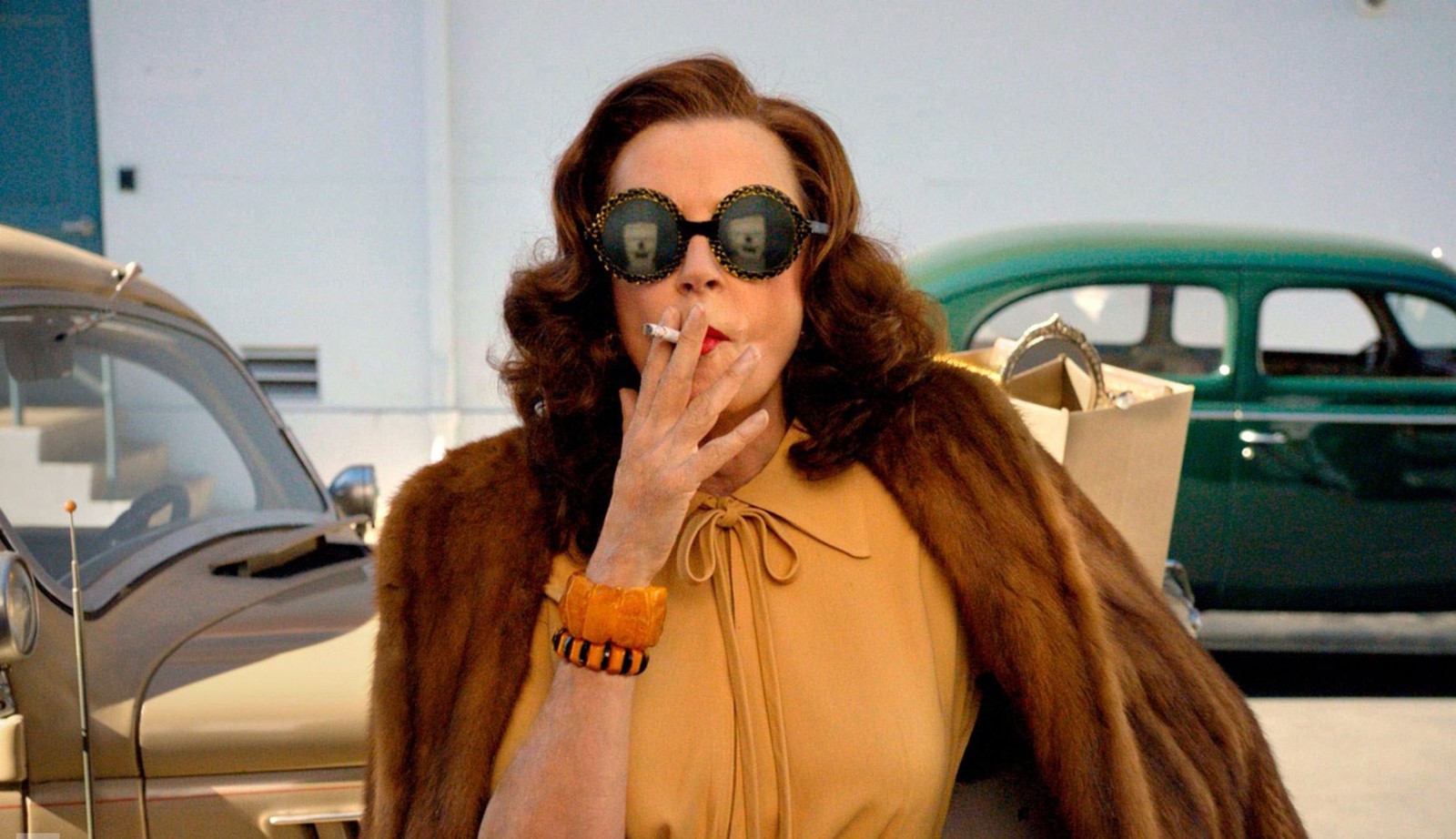
This idea of ‘enforced compassion’ is an interesting one; it cuts directly to the heart of what the actress does in her activist projects, too, telling the stories of those less fortunate in order to incite empathy in her onlookers. Is this a conscious connection? “Imagination is the key to empathy, for sure,” she says. “That’s why every regime wants to cut the arts; they don’t want people to imagine something different, and that’s why arts are so important. So it always dumbfounds me that more artists aren’t more articulate about things that they could help with. Because I think that’s what we’re trained to do – be outside observers. If you’re in the arts, you’re in a tribe that’s outside the norm, and as such, I think it is your job to help reframe things. And not in a didactic way. Polemics aren’t interesting, but, by telling stories we help give people the opportunity to identify with the humanity of somebody that they never thought they would identify with. Not to give them the answers, but just to pose the questions. Just to do that.”
“Imagination is the key to empathy, for sure. That’s why every regime wants to cut the arts; they don’t want people to imagine something different” – Susan Sarandon
Later, on my way out of the hotel, we bump into one another again in the lift; she’s just received an email from Ai Weiwei, she tells me, a hero of hers who she’s not yet had the opportunity to meet. And he’s in town! Sarandon is distracted, almost humming with anticipation, waiting for the elevator doors to open. Another artist who has dedicated his life to socio-political causes, be they breaking pots or breaking out of prisons – there could be no better connection.
